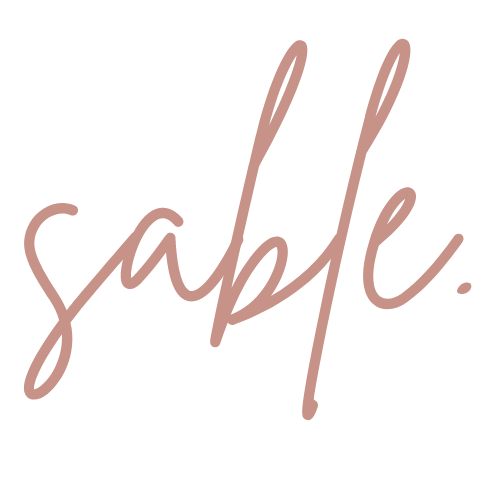MOHAI Fashion Lecture: Seattle Fashion in Boom Times
Since moving to Seattle back in 2013 and diving into the local fashion scene, I've been interested in learning about the history of fashion in the Emerald City. Contrary to popular belief, Seattle has a rich history of fashion dating back to the late 1800s. Thankfully, MOHAI (Museum of History and Industry) is readily available to drop the knowledge.
Last night, I attended MOHAI's sixth annual fashion lecture, Seattle Fashion in Boom Times, hosted by Clara Berg, MOHAI's Clothing & Textile Specialist. Since clothing can sometimes be a barometer for new ideas, it seems fitting that it would be a huge influence in boom times like the gold rush and more recently, the tech boom of Seattle. Filson, a company that has outfitted people’s professions and passions for over one hundred years is considered a classic American heritage brand. The company started as a high-quality outfitter during the gold rush, protecting miners from the harsh weather and possible death. You can still see the inspiration of outdoor sportsman quality in their clothes today with the neutral tones and use of tough fabrics like leather, twill, and suede.
Of course, we can't talk about fashion in Seattle without mentioning Nordstrom. Did you know that the store originally started off as just a shoe retailer? John Nordstrom came to the US in the 1880s to mine gold, but when he finally earned a gold claim, it was challenged and he eventually accepted the buyout. After meeting Carl Wallin, a shoemaker, they became partners in Wallin & Nordstrom, a shoe store with its first location on Pike Street downtown. Nordstrom only added clothing to their store in 1963. Today, Nordstrom is a leader in customer service, online retail, and new ventures like Trunk Club and Nordstrom Local (also known as the store with no clothes). While Nordstrom continues to make huge strides in the latest Seattle fashion trends, Amazon is leading the fashion-influenced tech boom.
In 2011, Amazon moved from Beacon Hill to South Lake Union (which would explain why Mercer Street is my worst nightmare), and in 2012, Amazon sponsored the Met Gala in their campaign to launch Amazon Fashion. The tech giant has its finger on the pulse of fashion by not just selling the latest trends but making them as well. The company is even filing patents for new fashion tech including on-demand apparel manufacturing (which would change the world in regards to the reduction of fashion waste) and an automated garment photo with fit adjustment. And don't even get me started on the Echo Look (I'm currently saving up for this because my full-length mirror just isn't doing it for me anymore).
In addition to discussing large companies, the lecture touched on a few smaller local startups in fashion tech including Buki, Kwontified, Garmentory (a favorite of local retailer Baby & Co.), Armoire, Glamhive, and the now-deceased Fitcode.
Lastly, where would Seattle be without its boom of fashion influencers? More than anything, I believe technology has been a major tool in the rise of the influencer. No longer are we limited to magazines and advertisements for insight into society's standard of beauty. Influencers have made it their mission to prove that beauty comes in all shapes, sizes, and shades.
If you missed out on last night's lecture, be sure to mark your calendars for Behind the Seams: Fashion During World War I on Saturday, October 20th. Plus, stay tuned for more information on next year's Seattle Style: Fashion/Function exhibit. I'm on the committee so once more details are available, I'll make sure to share.
UPDATE 10/09/2018:
Fitcode is not deceased, however, it is currently in the process of acquisition.


